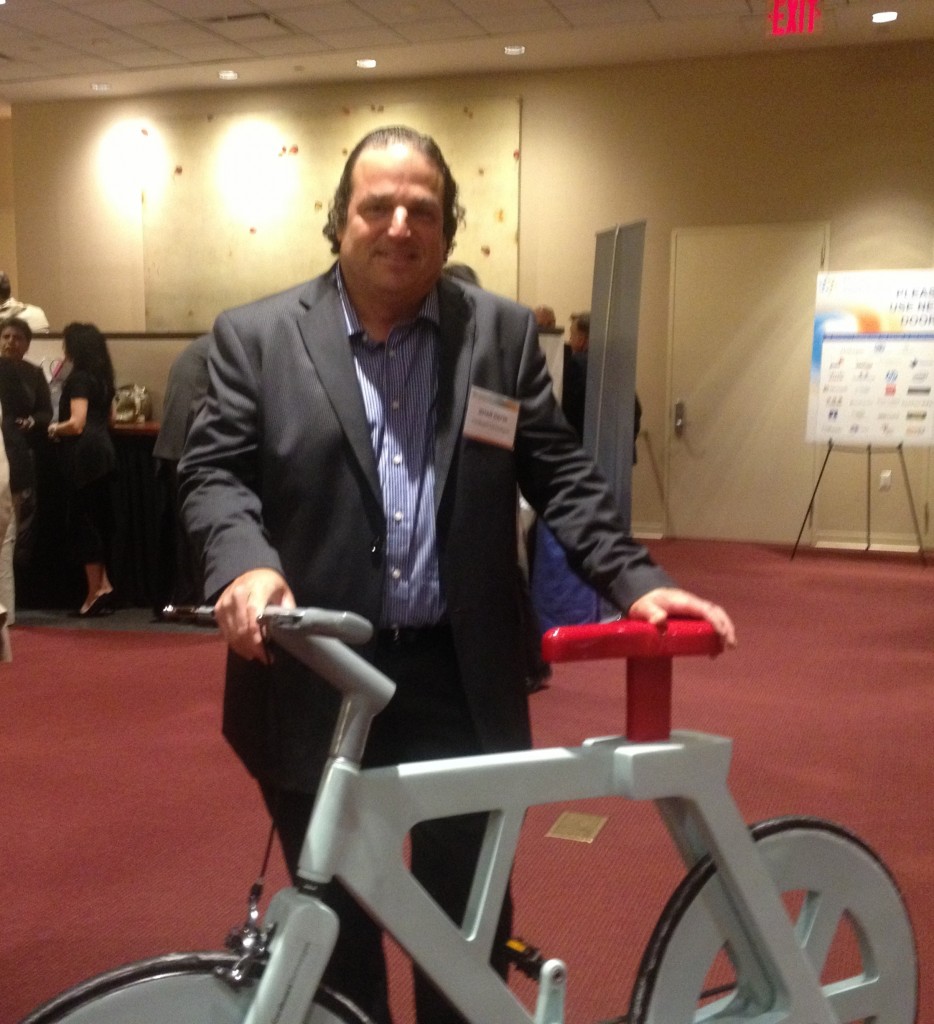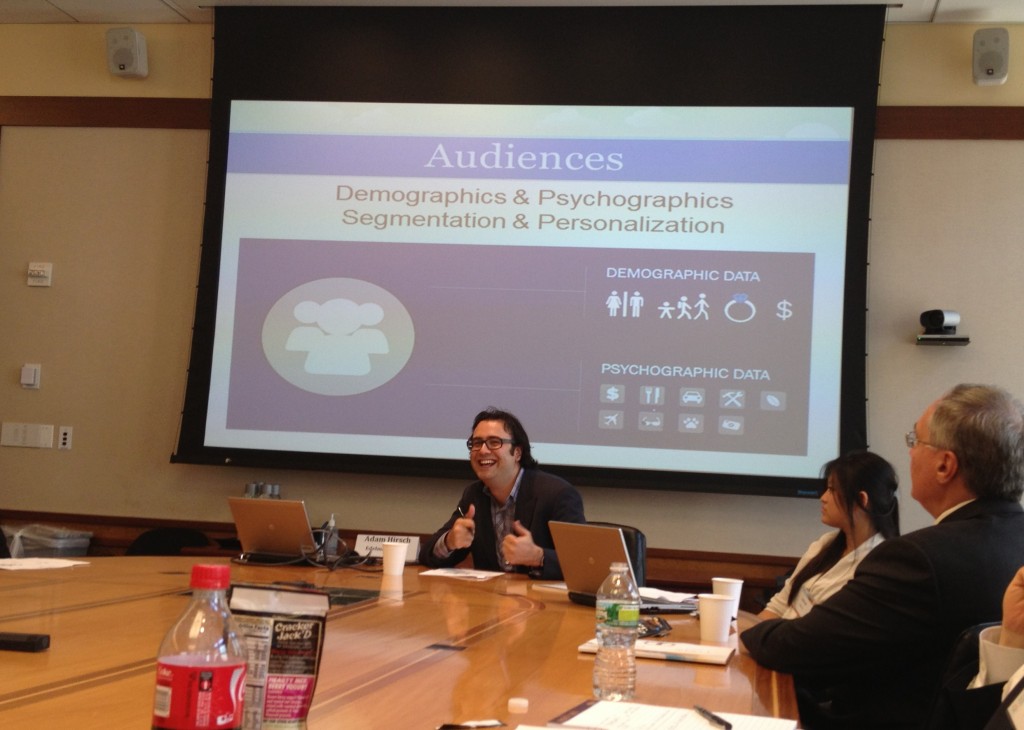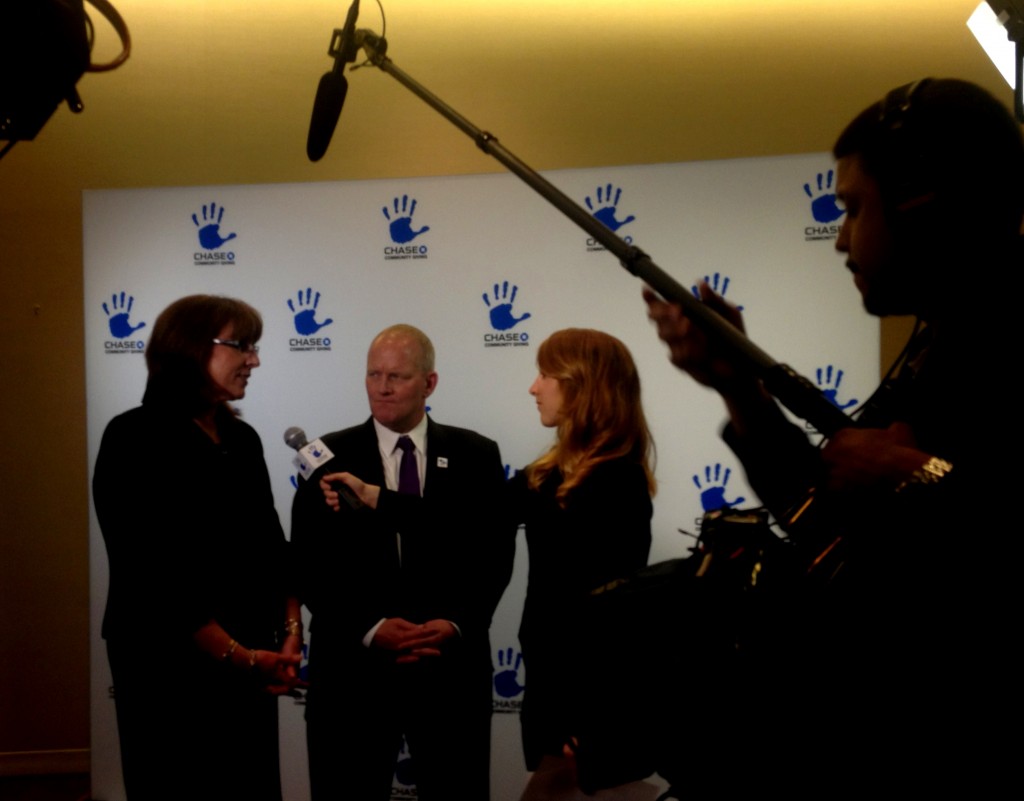Early this year, an Economist briefing heralded the end of innovation. The rate of innovation, it claimed, is either woefully slow compared to the early and mid-20th century, or it’s so scorchingly fast and disruptive, the subsequent social destruction will, in the short-term, outweigh the innovation’s benefits. Whether you think the anonymous author of this piece is right or not, it stands to reason that innovation, good or bad, is definitely worth debating, and it’s that principle which stands at the core of the Social Innovation Summit.
Social Innovation Summit, or SIS for short, is the genius brainchild of Zeev Klein, a General Partner and founding member of the team at Landmark Ventures. SIS has grown like wildfire in only three short years because of Landmark’s strategic bi-coastal, bi-annual approach. Since the first Summit in 2011, this very un-conference has expanded in reach and attendance. Leaders from the public, private, and social sectors from across the country and around the world flock to participate in this important event. The conference occurs every spring in New York and ever winter in NoCal. In so doing, it enables an extraordinarily diverse array of leaders from across companies and sectors to engage on ways to advance innovative approaches on a broad array of issues, including STEM, the environment, women and girls, health, economic development, and strategic philanthropy.
According to Zeev, this two-day convening provides an important opportunity for cross-sector leaders to learn from one another and collaboratively develop new approaches. “The Social Innovation Summit provides an opportunity to learn from the success of leading players from every industry who are thriving in their sectors and setting practical examples of real world leadership of aligning profit with purpose,” Zeev said.
But what makes SIS so special and, more importantly, effective, is the way in which it drives truly aspirational, mind-blowing ideas into the mainstream.
In today’s first sessions alone, I learned with my fellow participants about three challenges—and opportunities—facing our nation and our world today, each of which completely transformed my way of thinking about the issue at hand. Here’s a brief summary:
1. It’s possible to build machines out of cardboard. Yes, cardboard: That’s right, you heard me. Machines. Cardboard Technologies is building bicycles out of cardboard. The bike, pictured here, which is water and fire resistant, and requires no oil, maintenance, or repair, is not just a transportation vehicle, it’s a world-changing technology that will transform the way millions of people (especially youth) move from here to there in the hardest to reach places around the globe.

2. The computer science desert will destroy America: According to Allyson Knox, the Director of Education Policy, US Government Affairs at Microsoft, each year, America grows 122,000 new jobs that require computer science or software development competency. But we aren’t graduating nearly enough students with the software development capabilities to meet this demand. Why? Because most schools in America fail to give students math or science credit for computer science courses, and because many students have never been exposed to basic software coding, they can’t even begin to imagine what a course—much less a career—in computer science would be like. If your state is one of the 40 states in the union that does not give math or science credit for computer science classes, call your Congressman.

3. Newsflash: When it comes to new media, you’re behind: If you aren’t using owned, earned, and paid media distribution channels in mutually supporting (or converging) ways, you’re behind. Scratch that—even if you are, you’re still behind. In a boardroom session, Edelman’s Adam Hirsch (the infamous mastermind of Social Good Summit and #GivingTuesday) educated a rapt audience about the truth that is changing the world of fundraising, marketing, and media forever. Marketing approaches that were locked safely in the vault of President Obama’s campaign advisors are now the marketing status quo. Psychographics, a new term for me at today’s summit, have completely transformed how marketers and fundraisers can efficiently reach the right audience. If you have never heard this word before, you can use a dictionary like I did.

One of the most memorable moments from today’s session was a discussion with COL David Sutherland, a dedicated 29-year Army veteran who continues to serve his country by advocating for veterans upon their return. He works in partnership with JP Morgan Chase, the Lead Partner of SIS this year, who has become an important champion for veterans across the country. COL Sutherland served in Iraq in the darkest period of 2006 and 2007, before the Surge when casualties were at their height. He closed his remarks today with a story of Staff Sergeant Donnie Dixon’s last mission. SGT Dixon intentionally replaced the Colonel in formation, drawing sniper fire that ultimately led to his death. In true military fashion, COL Sutherland has named his organization, the Dixon Center for Military & Veterans Community Services in his honor.
Some things in this world give us hope for humanity. They help us envision a world in which all children are clothed, educated, and fed, and no man, woman, or hermaphrodite on earth wants for anything because the genius of innovation has met every need imaginable. When we are bombarded on a daily basis with reports of death, destruction, and suffering around the world, it’s events like Social Innovation Summit that help us believe there is light at the end of the tunnel.
There are few forums in the world that provide a platform for this type of high-octane, tear-jerking, out-of-the-box storytelling, to both define the direction of change, and motivate and mobilize action to achieve it.
Only time will tell what tomorrow will bring. Follow me @AliciaBNess #SIS13!
Alicia Ness
Alicia Bonner Ness (@AliciaBNess) is the editor of the The New Global Citizen, where she seeks to showcase the impact of beneficiaries and implementers alike, empowering all those engaged in furthering social good to learn from one another. She is also the Communications Manager at PYXERA Global.




Pingback: A Day One View From Social Innovation Summit #SIS13 | Landmark Ventures